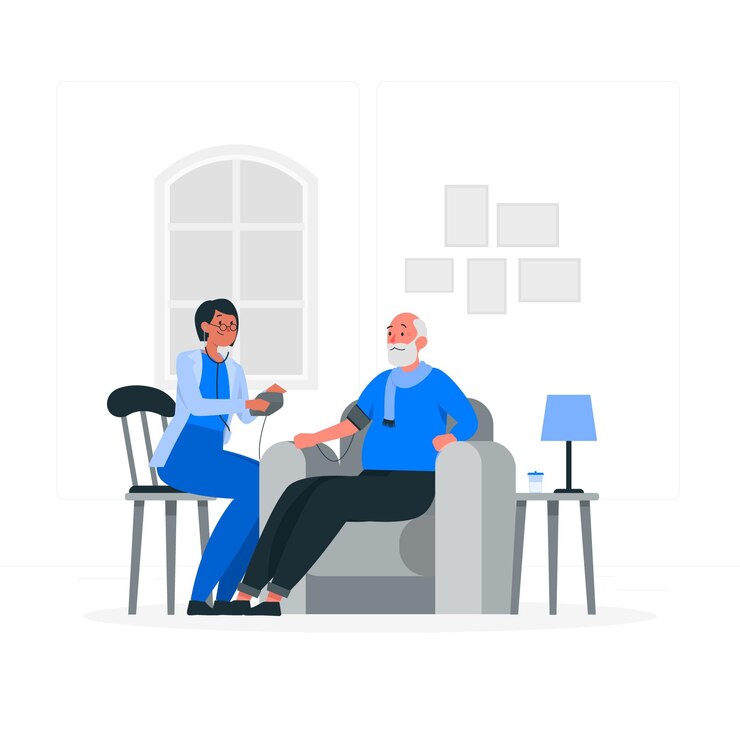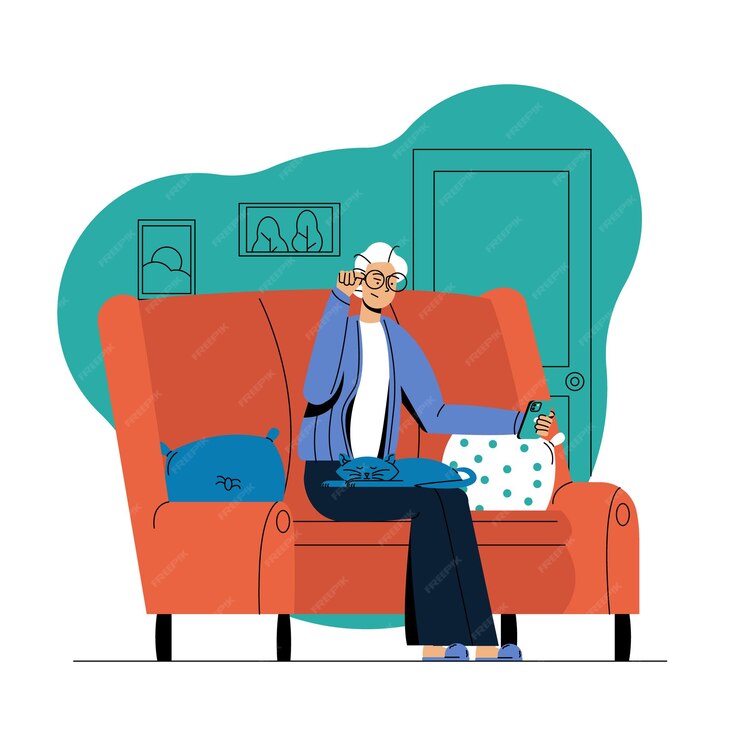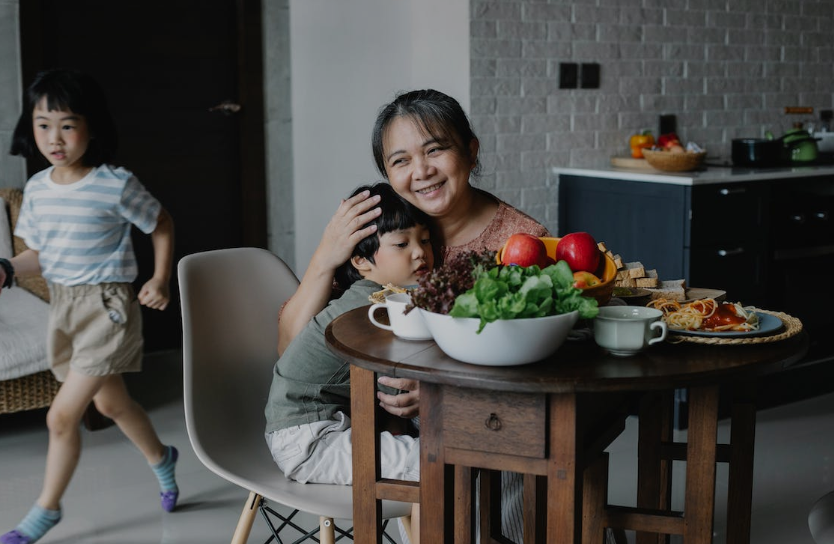10 Ways To Integrate Medical Knowledge Into Senior-Friendly Home Design
As individuals age, the desire to remain in the familiar and comforting surroundings of their own homes becomes increasingly prevalent.
However, traditional homes may not always be ideally suited for the changing needs of seniors. To ensure that older individuals can continue to live safely and comfortably in their homes, it is essential to incorporate medical knowledge into the design of living spaces.
This integration can transform standard residential environments into senior-friendly spaces that prioritize accessibility, safety, and overall well-being.
By incorporating medical knowledge into home design, several key considerations come to the forefront. Here are the top 10 ways to implement medical knowledge in interior and architectural design for a more elderly-friendly home.
Contents
1. Understanding the Importance of Medical Knowledge in Home Design for Seniors: Catering to Specific Needs

Studies indicate that 77% of adults aged 50 and older want to age in place, but one-third believe they require home modifications to achieve this. Medical knowledge applied in home design empowers seniors to live independently while addressing age-related limitations and health conditions.
As not all individuals are the same, consider talking with the nearest physicians primary care expert for recommendations on specific accommodations needed. These adaptations are particularly critical for individuals with disabilities.
2. Incorporating Barrier-Free Design
Currently, only 10% of homes in America are equipped for aging adults. Barrier-free design, which eliminates physical obstacles, allows easy mobility for seniors and people with disabilities. Wider hallways and doorways, ramps, grab bars, and seated showers are examples of barrier-free architectural features. Additionally, adding a stair lift can enhance accessibility in multi-floor homes.
Ensuring that every part of the home is accessible not only promotes physical activity but also contributes, even if slightly, to increased confidence. In addition, in case of emergencies, having accessible barrier free areas improve the chances for evacuation.
3. The Role of Lighting in Enhancing Safety and Wellbeing
Adequate lighting reduces the risk of falls, a leading cause of injuries among older adults. Increased light levels, night lights in hallways and bathrooms, motion-activated lights, and light switches accessible from bed help improve home safety. Light therapy lamps can also benefit mood and sleep.
4. Flooring Choices: Balancing Comfort and Safety
Source: National Institute on Aging
Slip-resistant surfaces significantly reduce falls, especially in high-moisture areas like bathrooms. Soft, cushioned flooring adds comfort but increases fall risks. The best approach uses non-slip rugs on cushioned surfaces. Level transitions between flooring types prevent tripping hazards.
5. Kitchen Modifications for Easy Accessibility and Use
Incorporating various home modifications can greatly enhance the kitchen experience for seniors, reducing strain on their backs and knees during food preparation and cooking. These adjustments promote both comfort and safety for older individuals. Some of the helpful upgrades include:
- Adjustable Countertops: These countertops can be raised or lowered to accommodate a senior’s specific height, reducing the need to bend or strain during food preparation.
- Pull-Out Cabinets: These cabinets feature shelves that can be extended outward, making it easier to access items without the need to stoop or reach deep into the cabinet.
- Lever-Style Faucets: These faucets are designed for easy use, requiring minimal effort to turn on and off. They are particularly helpful for seniors with reduced hand strength or dexterity.
- Adjustable Shelving: Shelves that can be repositioned to different heights allow seniors to organize their kitchen items in a way that’s convenient and accessible to them.
- ADA-Compliant Appliances: Appliances designed to meet the Americans with Disabilities Act (ADA) standards are accessible and user-friendly for seniors. Examples include front-control ranges and side-by-side refrigerators, which offer convenience and ease of use.
These adaptations not only alleviate physical strain but also improve the overall usability of the kitchen, rendering it a safer and more functional space for seniors. Consequently, these changes foster increased independence and comfort for older adults in their daily activities, particularly in the kitchen, the heart of the home.
6. Bathroom Adjustments: Prioritizing Safety Without Compromising Aesthetics
Grab bars, shower seats, lever faucet handles, and non-slip mats reduce bathroom injuries by 80%. Walk-in tubs allow safe bathing. Proper lighting eliminates dark corners. Medical aesthetics utilize clean, elegant designs to maintain accessibility without sacrificing style.
7. Smart Home Technologies for Health Monitoring and Assistance
Smart home devices remotely monitor seniors’ safety and health, notifying family and emergency services if needed. Voice assistants provide medication and appointment reminders. Stove sensors mitigate fire risks by shutting off burners. Location trackers reduce wandering risks for patients with dementia.
8. Furniture Choices and Arrangement: Ensuring Mobility and Comfort

Chairs and beds with adjustable heights and backrests provide proper support, reducing posture-related pain. Furniture on wheels adds mobility. Clear pathways between pieces allow walkers and wheelchairs to maneuver easily. Proper mattresses enhance sleep quality.
9. Doorways and Entry Points: Ensuring Easy Access
At least 32” clearance is required for walkers and wheelchairs to pass through doorways. [3] No-step entries, expanded porches, ramps, and handrails ease access and prevent outdoor falls. Video doorbells and smart locks boost security without compromising accessibility.
10. Outdoor Spaces: Creating Safe and Therapeutic Environments
Well-designed outdoor areas give seniors a sense of freedom. Level pathways, proper lighting, raised planters, and secure seating encourage outdoor activity. Water features and sensory gardens provide stress relief, joy, and mental stimulation. Fenced spaces allow safe wandering for dementia patients.
Frequently Asked Questions
Why is senior-friendly design important?
Senior-friendly design is crucial for several reasons:
- Safety: It reduces the risk of accidents and injuries, especially falls, which are a leading cause of harm among older adults.
- Independence: It enables seniors to maintain their independence and age in place, preserving their quality of life.
- Health and Well-being: A well-designed home promotes physical and mental well-being, as it accommodates changing needs and fosters comfort.
- Quality of Life: It enhances the overall quality of life for seniors by ensuring their homes are safe, accessible, and supportive of their health.
What safety measures should be incorporated into the design?
Non-slip flooring, well-placed handrails, and proper lighting are essential for safety.
How can I ensure healthcare accessibility within the home?
Designate areas for storing medical supplies and create spaces for the use of healthcare equipment.
Takeaway
In conclusion, the integration of medical considerations into senior-friendly home design is a pivotal step in enhancing the overall well-being and quality of life for older adults. This approach substantially improves living conditions by tailoring the home environment to meet specific medical needs and challenges associated with aging.
Moreover, it contributes to a safer living space, effectively reducing the risk of accidents and injuries, which is of utmost importance for seniors.
Read Also:
- Got A Stroke Due To Medical Negligence? – Here’s What You Should Do
- The Impact Of Accurate Medical Billing On Patient Care And Outcomes
- How To Pursue A Career In Medical Sales



